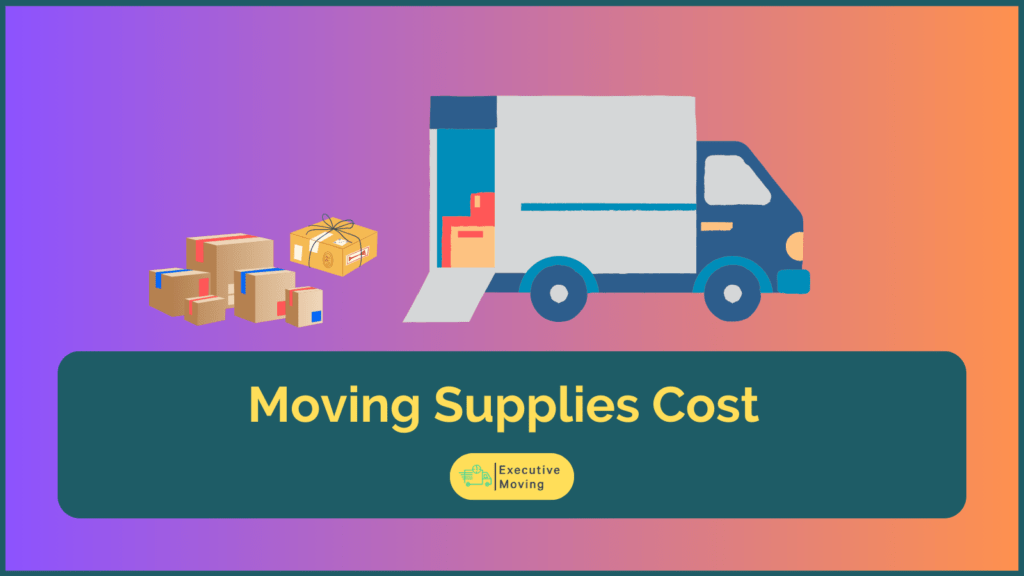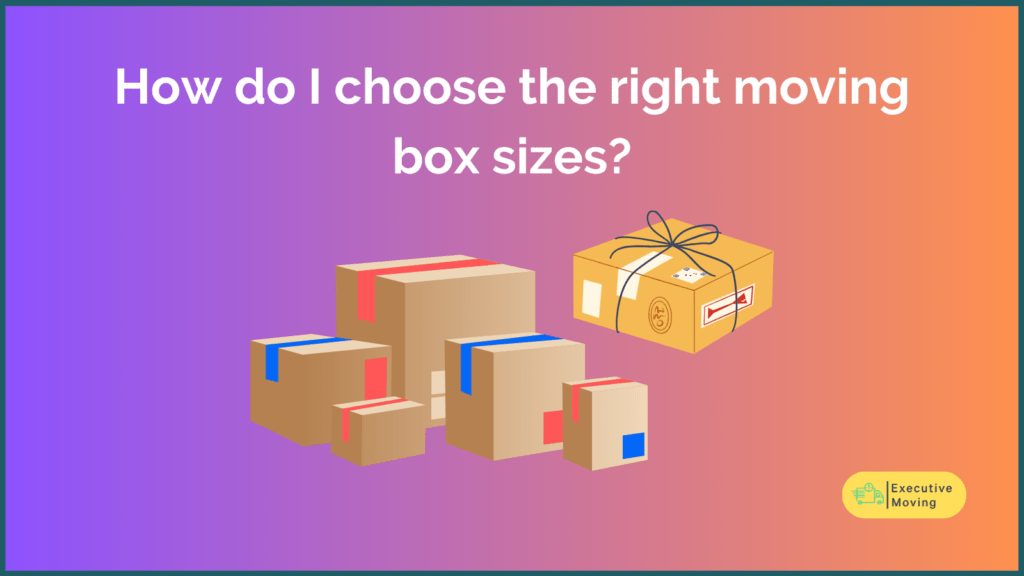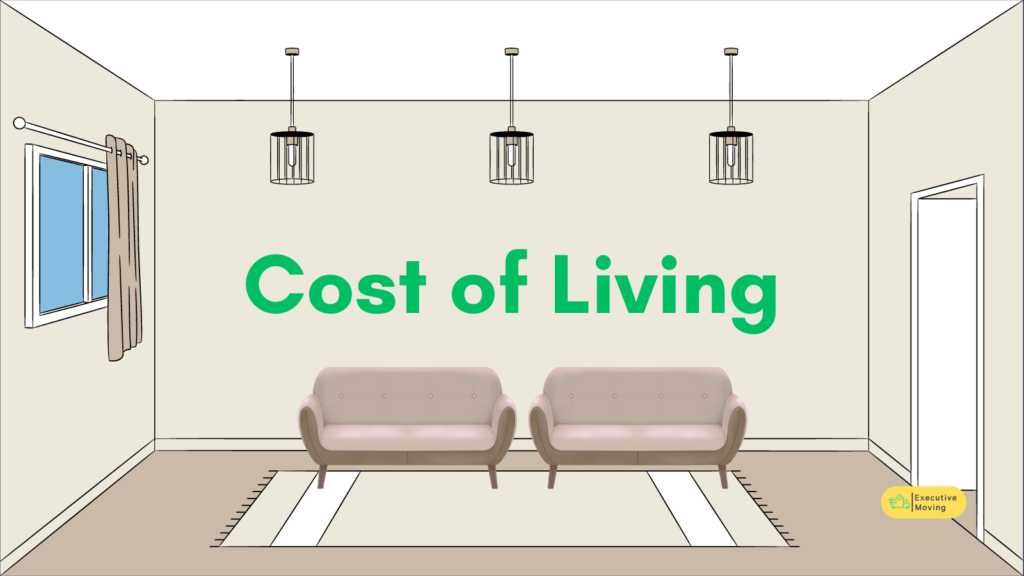
The 5 Best Commercial Movers Oakville, ON
The 5 Best Commercial Movers Oakville, ON In order to help our readers Executive Moving concierge team has assessed and put together the list of the 5 finest commercial movers Oakville. We all know how tough it is to find the best match when it comes down to commercial movers.









